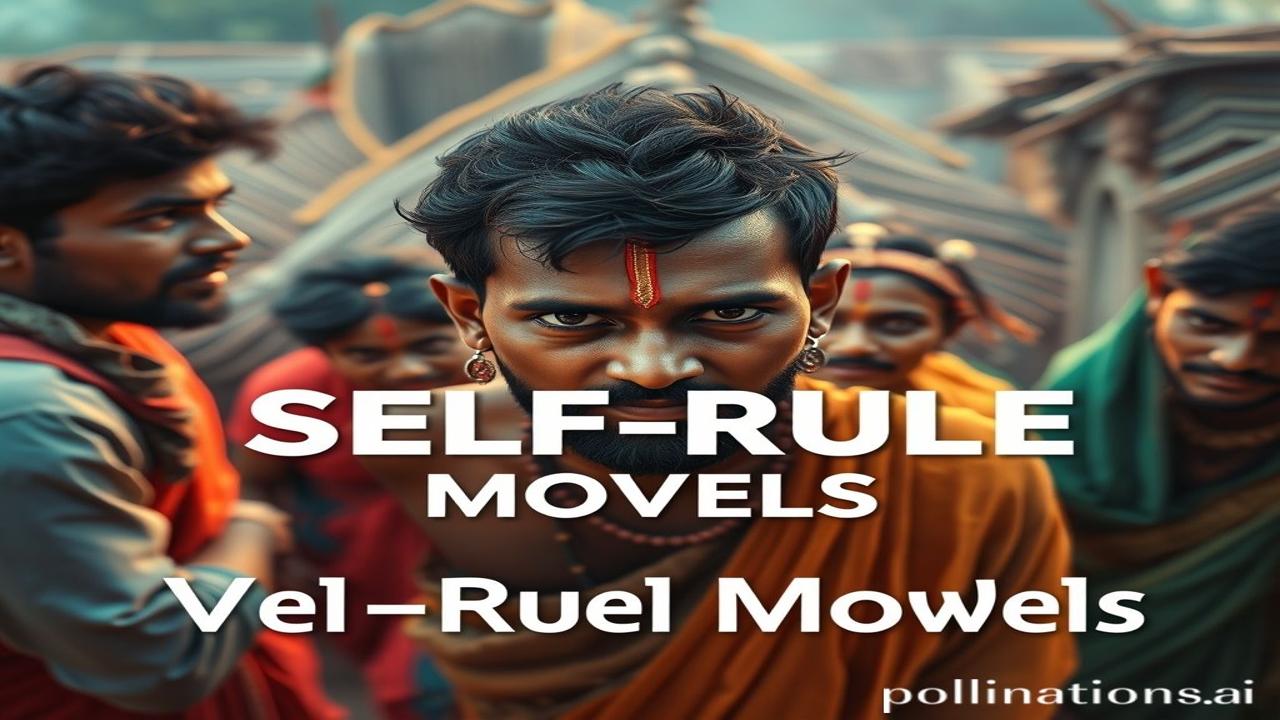गाँव की गलियों में गूंजती कहानियाँ: Village-Level Literary Traditions
Kabhi socha hai, ek aisey gaon ki kalpana karo jahaan TV nahin, internet nahin, bas ek choupal hai? Aur wahaan, har raat, bujurgo ki awaaz mein Mahabharat, Ramayan ya kissi raja-rani ki kahani zinda ho jaati hai. Yehi hai, mere dost, hamari village-level literary traditions ki shuruwat – ek anmol dharohar jo waqt ki dhool mein bhi chamakti hai.
इतिहास की ज़ुबानी किताब: Historical & Cultural Context
What exactly are we talking about? Village-level literary traditions, simply put, are the ways stories, poems, dramas, and songs were passed down through generations in Indian villages. This happened primarily through oral storytelling, folksongs, and performances before widespread literacy and printing.
When and Where? This practice is as old as Indian civilization itself. Think Vedic times (1500-500 BCE) se lekar aaj tak, across the entire subcontinent. Each region developed its unique style and content, reflecting its history, geography, and social structure. Har gaon ki apni kahani, apna geet hota tha.
Why is it important? Because these traditions were the lifeblood of knowledge, values, and entertainment. They preserved history, taught morals, celebrated festivals, and provided a sense of community. Ye sirf kahaniyan nahi thi, ye hamari sanskriti ka aaina thi. Imagine not having schools or books – these traditions were the only teachers!
ज़मीनी सच – लोग और जीवन: A Day in the Life
Imagine a village in Rajasthan, around the 17th century. Ma Rukmini apne bacho ko lekar mandir ke bahar baithi hai. Aaj Hanuman Jayanti hai. Dholak ki awaaz sunai deti hai. Ek “bhopa” (storyteller) apni ‘Phad’ (painted scroll) lekar aata hai. Us Phad par Hanuman ji ki poori kahani chitrit hai.
“Arey, suno bacchon!” Bhopa ji kehte hain, “Aaj main tumhein Hanuman ji ki shakti aur bhakti ki kahani sunaunga!”
Dholak bajti hai, aur Bhopa ji apni kahani shuru karte hain. Bachche ankhien phade sunte hain, darte hain, haste hain, aur phir ghar jaakar apni ma se aur sawal poochhte hain. Raat tak poora gaon Hanuman ji ki kahani mein dooba rehta hai.
In Bengal, picture a group of women singing “baul” songs during the harvest festival. Their voices are raw and powerful, filled with devotion and earthy wisdom. Each song tells a story of love, longing, and spiritual seeking.
Aur Bihar mein, “nautanki” ke jariye Mahabharat ke kisse. Actors dressed in vibrant costumes, their dialogues laced with wit and humor, bring the ancient epic to life. Gaonwale raat bhar jagte hain, taaliyan bajate hain, aur apne purvajon ki kahaniyon ko jeevit rakhte hain.
धरोहर और पहचान: Echoes Today
Aaj bhi, even with all the smartphones and Netflix, these traditions haven’t completely disappeared. We see remnants in:
- Folk music and dance: Think of Lavani in Maharashtra, Bihu in Assam, or Garba in Gujarat.
- Street theatre and puppetry: These continue to entertain and educate, often tackling social issues.
- Religious festivals: Ramlila, Durga Puja, and Janmashtami are filled with theatrical performances based on ancient epics.
These traditions are a crucial part of Bharatiyata. They connect us to our roots, remind us of our values, and give us a unique cultural identity. Modern India needs to preserve and nurture these traditions, ensuring they continue to thrive for generations to come.
मजेदार तथ्य या भ्रम-भंजक: Fun Fact & Myth-Buster
Myth: That these traditions are only for the “uneducated” or “backward” sections of society.
Truth: Many elites, including rulers and scholars, patronized and participated in these traditions. They understood their importance in preserving cultural heritage and promoting social cohesion. Think of kings commissioning folk artists or funding temple performances.
Shocking Truth: Many of these traditions are dying out due to lack of patronage and competition from modern entertainment. The younger generation is losing interest, and the older storytellers are fading away. We need to act fast to document and preserve these treasures.
दृश्य और भावनाएं: Sensory Experience
Imagine the smell of incense wafting through the air as the bhopa begins his story. Feel the rough texture of the cotton “phad” under your fingertips. Hear the rhythmic beat of the dholak and the high-pitched wail of the shehnai. See the flickering light of the oil lamps casting long shadows on the faces of the audience. Experience the collective gasp as the hero triumphs over evil. The air is thick with anticipation and emotion.
अंतिम विचार या उद्धरण: Closing Thought
Ye kahaniyan sirf kahaniyan nahi hain, ye hamara itihaas hai, hamari pehchaan hai. Let’s ensure that the voices of our villages continue to echo through time.
“श्रुतिस्मृतिपुराणानां आलयं करुणालयम् ।
नमामि भगवत्पादं शंकरं लोकशंकरम् ॥”
Just like we bow to Shankaracharya who embodies the essence of Shrutis, Smritis, and Puranas, let’s bow to the storytellers of our villages who hold the key to our cultural heritage.
